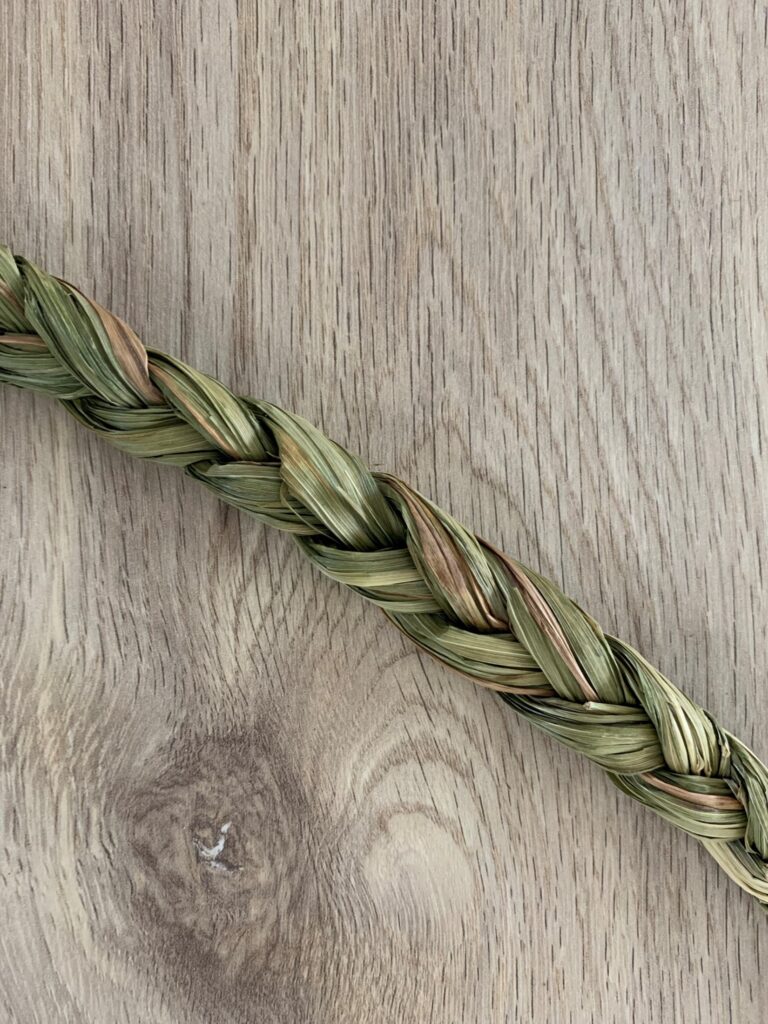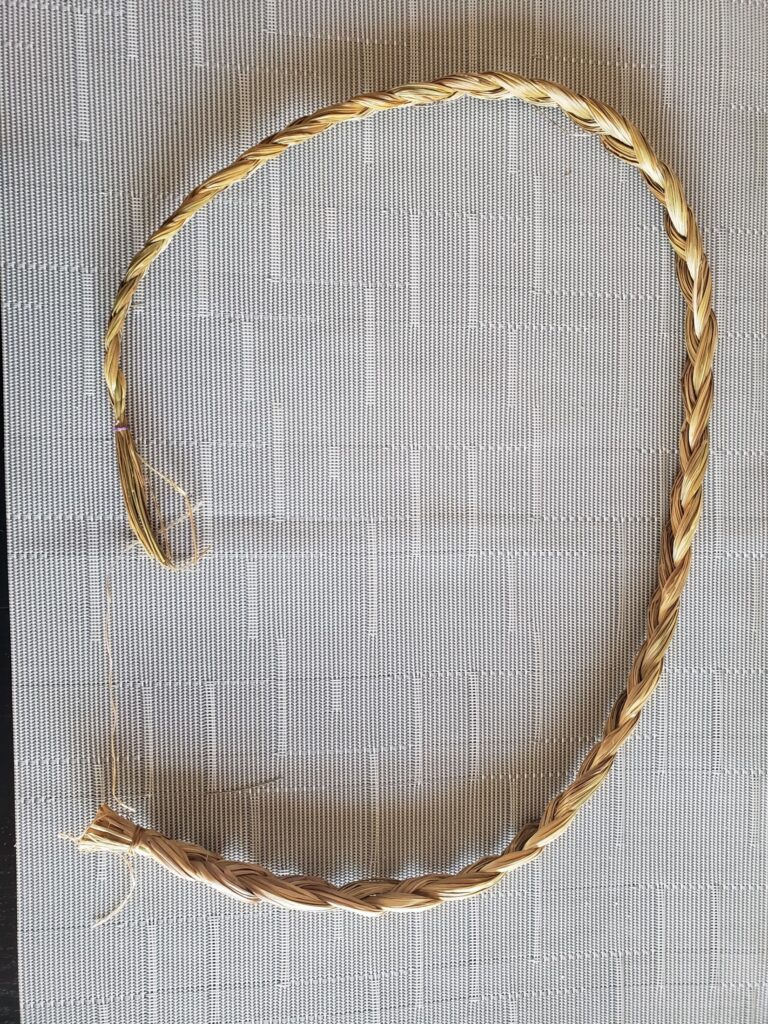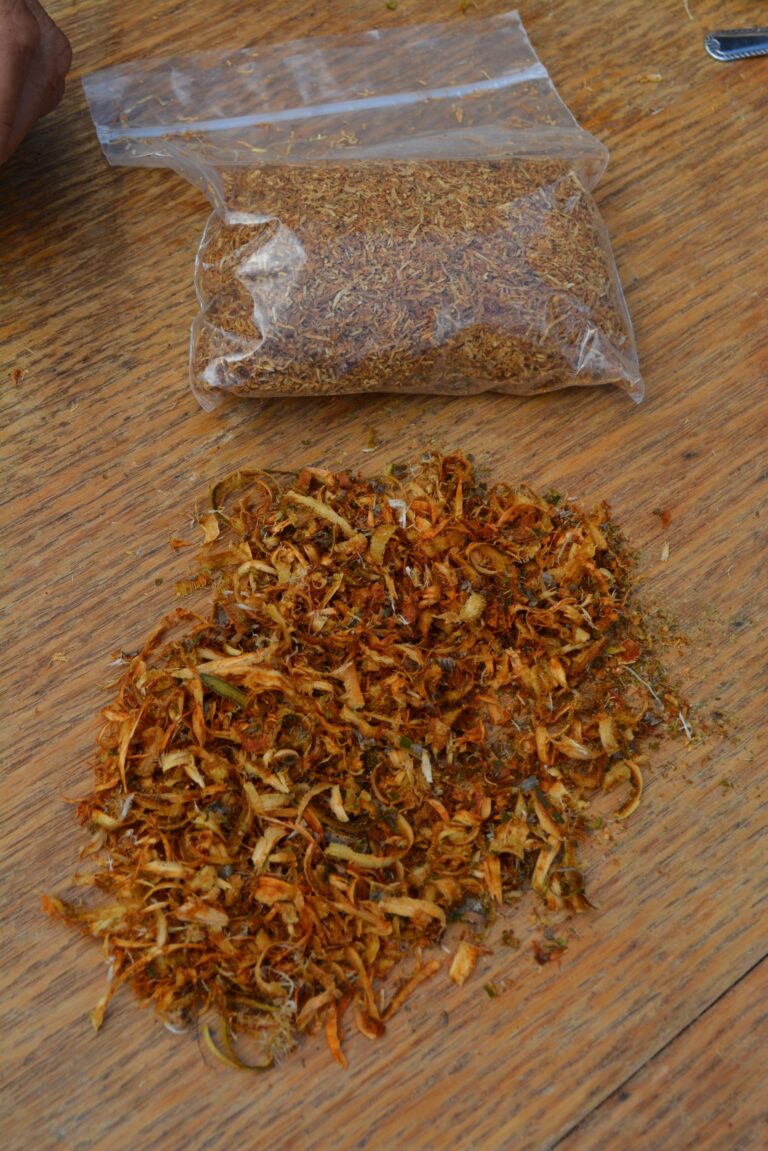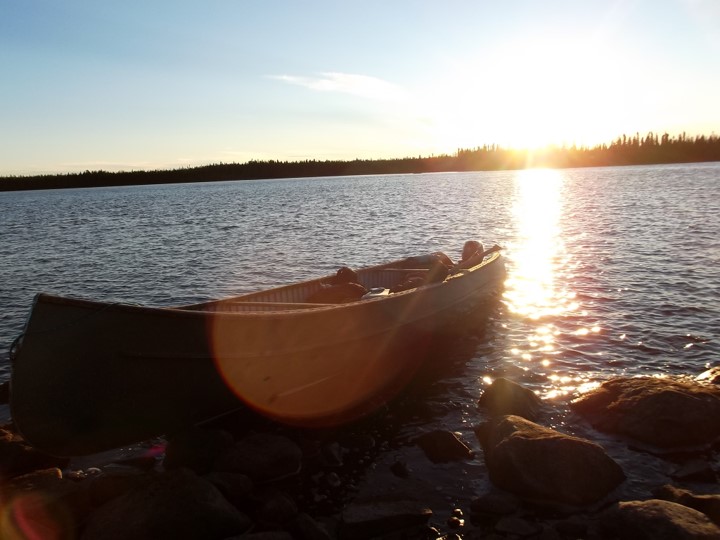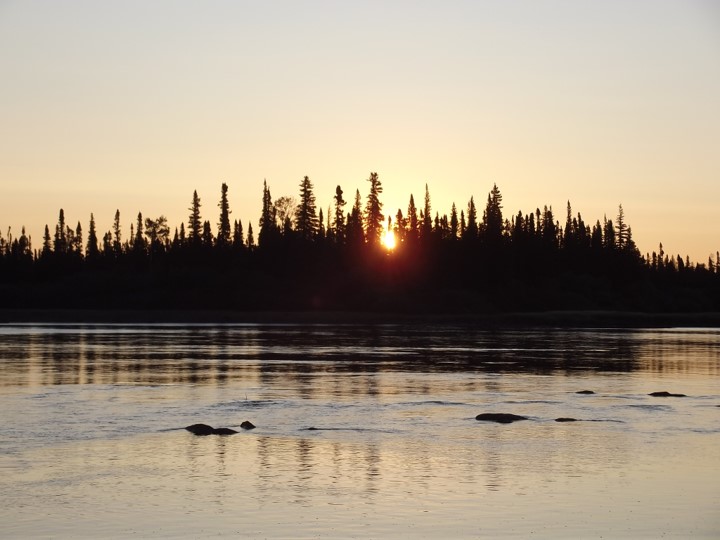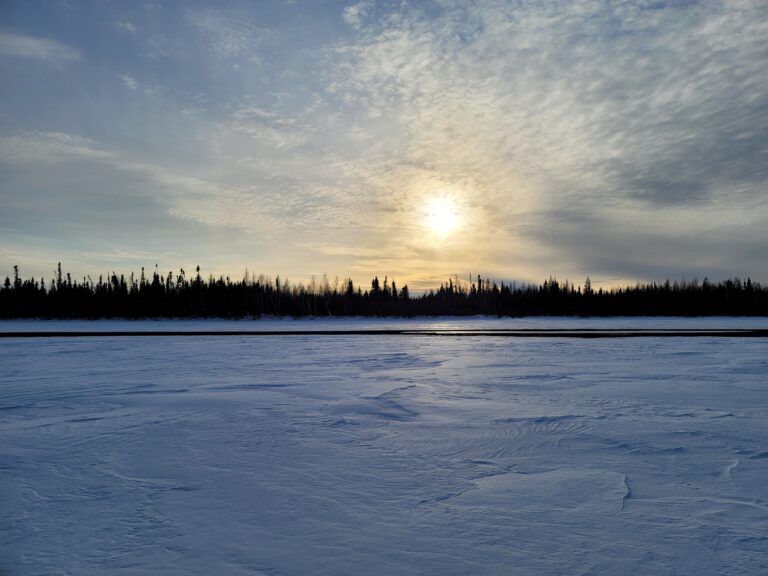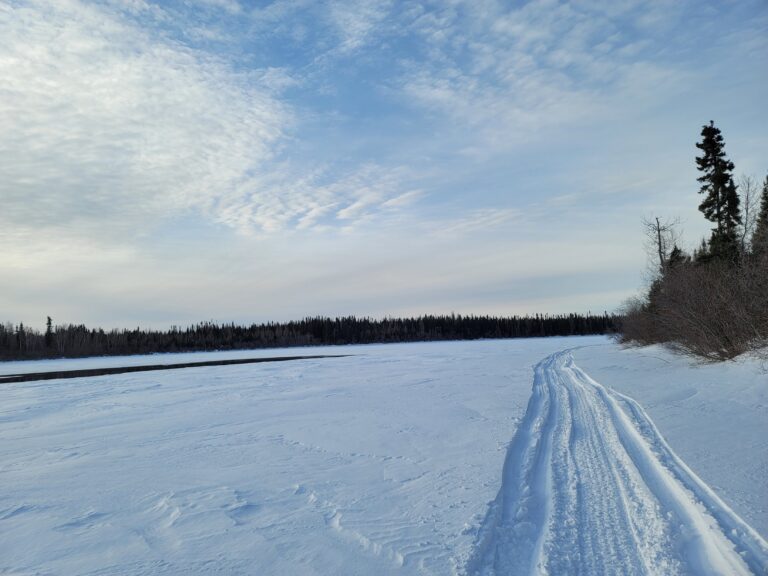Levi Sofea, Community Wellbeing Coordinator and member of Webequie First Nation, provided the following teaching to help explain the inherent connection between Indigenous peoples, the land and creation. This teaching was generously provided by Levi for inclusion in the recently published ‘Values’ document, which presents a preliminary snapshot of the priority environmental values located in the Matawa member First Nations’ traditional territories. Meegwetch Levi for sharing your knowledge and educating others.
“The land is who we are. Our physical being and its health and strength comes from the land. We have to maintain our connection to the land by being out there. We are spiritual beings first and therefore our connection to the land is spiritual. Everything has a spirit, we are all one, the animals, the water, the trees and plants, the grass, the rocks, even the soil. A blade of grass has a spirit. We are all one. We are all equal. Every form of creation is equal. There is no distinction. We all have our roles. We have animals and birds that sustain the earth, keeping it clean, and they also give themselves up to sustain us. They know where they are going. We give thanks and acknowledge them.
Everything has its place, and everything has its purpose. We depend on each other, just like the tree gives oxygen and takes in the CO2 we give. If we destroy something, it creates an imbalance. Even with resource development, there is a balance that can be achieved. It is not just a physical balance, like putting things back in the ground, or reclaiming an area. It is also a spiritual balance that must be attained. This is done through prayer and ceremony. Digging holes is not just done in a physical sense, it is also done in a spiritual sense. The land can rejuvenate itself. It can heal if it is allowed to, just like our bodies can heal. We help the land heal with ceremonies and land offerings, we seek guidance, we participate in sweat lodges and ceremonies that maintain the connection to the land. All Indigenous and non-Indigenous people have these gifts too from their ancient civilizations. They can also help heal and sustain, and they have their spiritual ways to do it.
Without our ancestors we would not be here, so we acknowledge them and recognize them. Our history is in the land, our ancestors are buried in the land, their blood is in the land. Our teachings are all connected to the land. We learn our values and our principles for life through teachings and stories from the land. They teach us about right and wrong living. We relate to these teachings. Even our babies were connected to the land through the moss that was used instead of diapers. If we lose our connection to the land, we lose our strength. We become dishonest, unkind, and we stop sharing with others. That is how we lose our strength. The sweetgrass is braided with three strands which represent honesty, kindness, and sharing. When the grass is braided, it is strong.
The medicine wheel teaches us how to stay well. It has four quadrants, physical, spiritual, mental (intellectual) and emotional. Living on the land, taking our sustenance from the land, heals us and keeps us well in all four directions of the medicine wheel. It is essential that we go out on the land regularly. Our identity comes from the land. Our language is the language of the land. Colonization made everything muffled and unclear, but we are finding our way back to our centre. We are safe on the land, there is no danger and
there is nothing to fear. We are the Nishnawbe Aski, the people and the land, indivisible.”
Levi Sofea, Community Wellbeing Coordinator, Webequie First Nation
